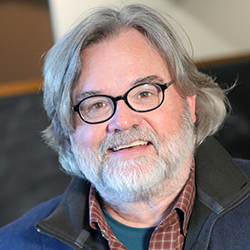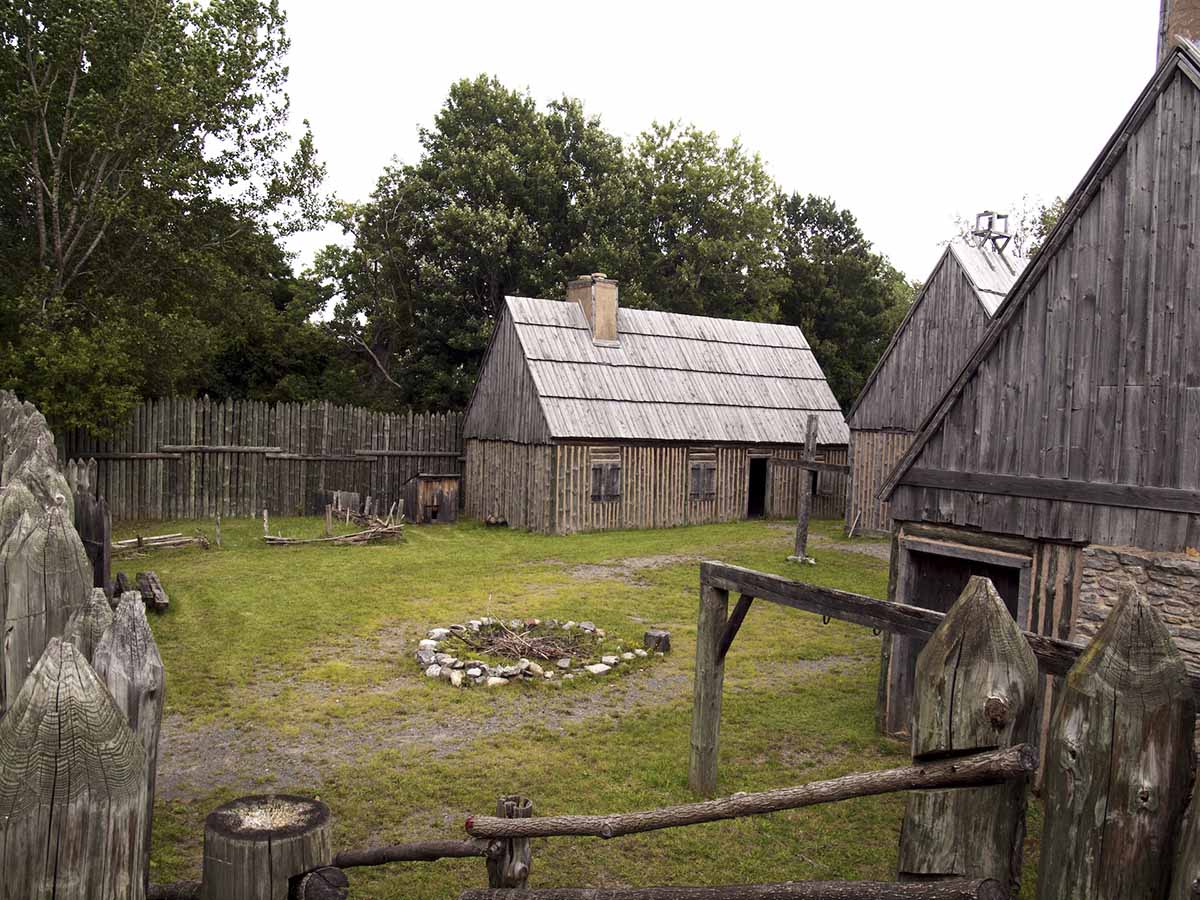Roots of Peacemaking
2009 event archive “Roots of Peacemaking: Indigenous Values, Global Crisis”
is the first in an ongoing series of events that include conferences, cultural exchanges and concerts. This is a United Nation International Day of Peace event. It is the result of an ongoing collaboration between the Onondaga Nation and Syracuse University. Syracuse is located on Onondaga Nation ancestral land, the Central Fire of the Haudenosaunee Confederacy (‘People of the Longhouse’). Onondaga Lake is where the Peacemaker, Hiawantha, and the Tadadaho came together to plant the Tree of Peace to establish the Great Law of Peace. Since that time a millennium ago the Haudenosaunee have organized themselves according to these principles. Founding Fathers of the United States, including Benjamin Franklin and Thomas Jefferson, were deeply impressed with the Haudenosaunee processes and incorporated many of these ideas into the United States Constitution. Onondaga Lake is therefore the Indigenous birthplace of democracy. Ironically it is also the most polluted lake in the United States. These conflicting realities symbolize the hopes and challenges of Indigenous people, as well as all people in our world. The Indigenous Sustainability Studies Project (ISSP) is an inter-disciplinary, multi-cultural, international project is a collaboration between the Onondaga Nation, Syracuse University, SUNY-ESF, and Neighbors of the Onondaga Nation (NOON). Other institutions and community groups will be added to this collaboration. It is connected with Native American Studies in the College of Arts and Science at Syracuse University. The ISSP is devoted to investigating the current critical state of Indigenous people, their traditions, and their environments and dedicated to promoting Indigenous cultural values in order that there be a better possibility for human communities throughout the world to flourish. Initially the ISSP will promote an international awareness of the environmental and spiritual crises facing Indigenous people of the Haudenosaunee as well as around the world, through a series of high profile cultural events.
International Day of Peace: Everyone understands the need for peace. In 1981, the United Nations established the International Day of Peace, a day recognized by the international community as devoted to the ideals of peace.
The original UN resolution reads in part, “to devote a specific time to concentrate the efforts of the United Nations and its Member States, as well as of the whole of mankind, to promoting the ideals of peace and to giving positive evidence of their commitment to peace in all viable ways.” The resolution continues “the International Day of Peace should be devoted to commemorating and strengthening the ideals of peace both within and among all nations and peoples.” Through the years the day has been commemorated with summits, demonstrations and major governmental actions aiming to promote global peace. This year events will include the International Peace Day Concert (where?), Peace Day Parades, Peace Vigils, and Peace prize awards and events will take place in countries as far away as New Zealand, El Salvador, and Iran.
The only major change in the resolution came in 2001, when September 21 was set as a firm date. The new resolution also calls for all countries to observe a ceasefire for the day. On top of the ceasefire, there is a call for a minute of silence at 12 noon around the world. Through the efforts of grassroots activists, these symbolic events can be turned into meaningful steps toward peace. -Brandon Gustafson
 Description of the artwork:
This is an aerial view of Onondaga Lake embraced by the Everlasting Tree Wampum Belt. The Belt stands for the permanence of the Iroquois Confederacy. It is to protect the Grand Council by keeping the eyes of the 50 civil leaders free from dust or harmful thoughts. The belt is displayed whenever the Grand Council sits. It represents an everlasting Tree of Peace, growing high into the Spirit World for all nations to see. Under this Tree the Peacemaker placed a general fire to burn forever, Onondaga, the Council Place of the Five Nations. At this council the Peacemaker said, “When you are in a state of great confusion, I will return and again plant The Tree of Peace, and it will become stronger than before, that in the end, the government and laws of the Confederacy will influence the entire world.” Wampum Belts of the Iroquois , by Tehanetorens
Description of the artwork:
This is an aerial view of Onondaga Lake embraced by the Everlasting Tree Wampum Belt. The Belt stands for the permanence of the Iroquois Confederacy. It is to protect the Grand Council by keeping the eyes of the 50 civil leaders free from dust or harmful thoughts. The belt is displayed whenever the Grand Council sits. It represents an everlasting Tree of Peace, growing high into the Spirit World for all nations to see. Under this Tree the Peacemaker placed a general fire to burn forever, Onondaga, the Council Place of the Five Nations. At this council the Peacemaker said, “When you are in a state of great confusion, I will return and again plant The Tree of Peace, and it will become stronger than before, that in the end, the government and laws of the Confederacy will influence the entire world.” Wampum Belts of the Iroquois , by Tehanetorens
Roots Peacemaking 2009 (⤓ PDF Download)
Past Roots of Peacemaking Events
- Jane Goodall, featured speaker 2006, Onondaga Lake
- Water Ceremony, Onondaga Lake
- Ceremony at Onondaga Lake, 2005 Including a visit from the Japanese
SUGGESTED CITATION
Philip P. Arnold, "Roots of Peacemaking," Doctrine of Discovery Project (1 August 2018), https://doctrineofdiscovery.org/roots-of-peacemaking/.
Share on
Twitter Facebook LinkedInDonate today!
Open Access educational resources cost money to produce. Please join the growing number of people supporting The Doctrine of Discovery so we can sustain this work. Please give today.

